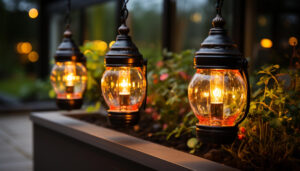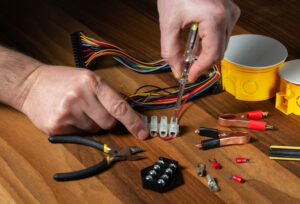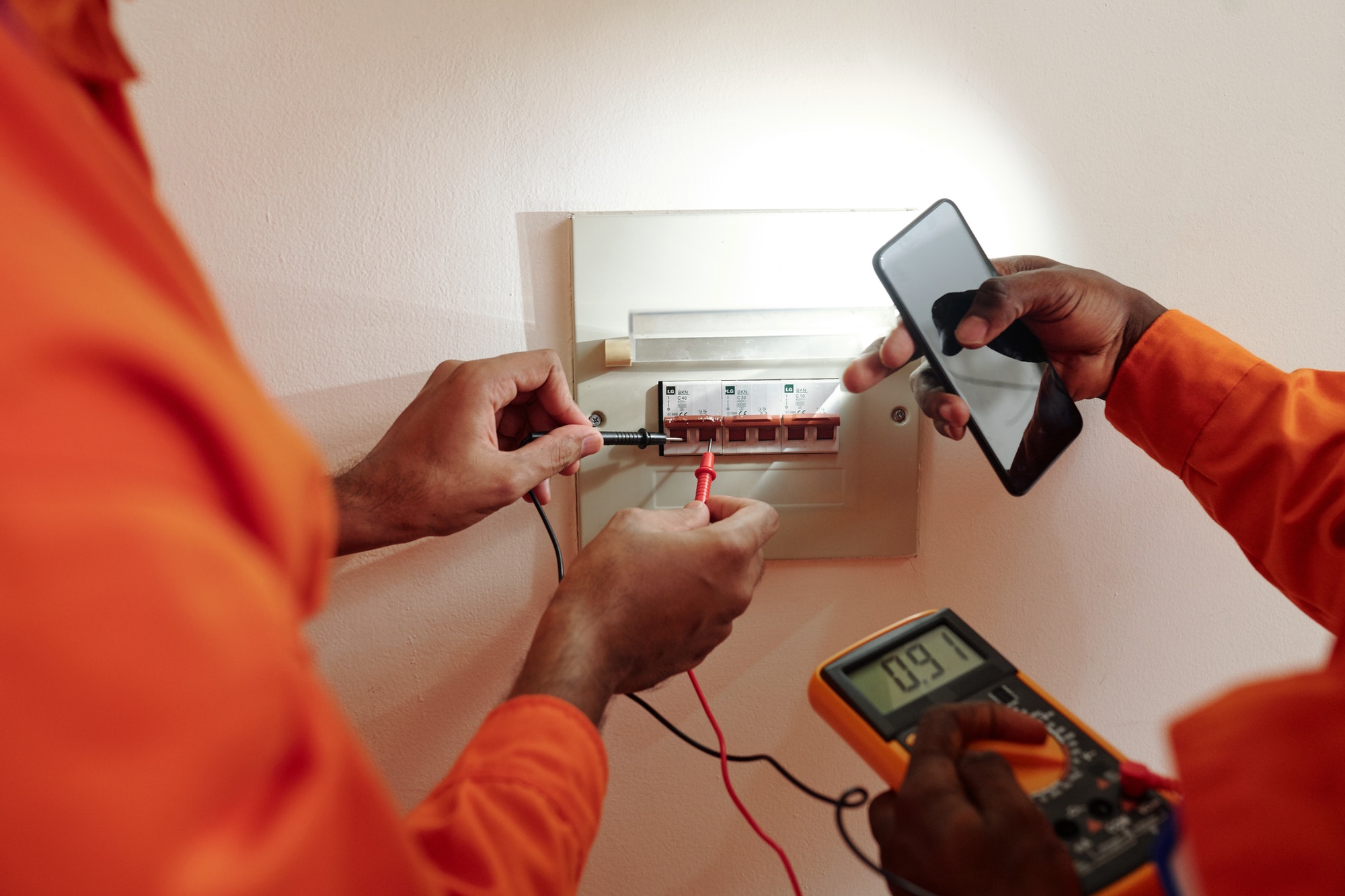Choosing the Right Light Switch: A Guide to Types and Functions
When it comes to home improvement, the details matter. One such detail that often goes unnoticed is the humble light switch. Choosing the right light switch can enhance both the functionality and aesthetics of your home. With a plethora of options available, it’s essential to understand the different types and their functions to make an informed decision. This guide will walk you through the various types of light switches and their specific uses, helping you select the perfect one for your needs.
Types of Light Switches
- Single-Pole Switches The most common type of light switch, the single-pole switch, is used to control a light fixture from one location. It has two terminals: one for the incoming hot wire and one for the outgoing wire to the fixture. These switches are straightforward and ideal for simple on/off control.
- Three-Way Switches Three-way switches allow you to control a light fixture from two different locations. They are commonly used in larger rooms with multiple entrances, such as hallways or staircases. These switches have three terminals: one common terminal and two traveler terminals. When installed in pairs, they offer versatile lighting control.
- Four-Way Switches For even more control, four-way switches come into play. These are used in conjunction with two three-way switches to control a light fixture from three or more locations. They are particularly useful in large spaces like open-plan living areas or expansive hallways.
- Dimmer Switches Dimmer switches provide the ability to adjust the brightness of a light fixture, offering both ambiance and energy savings. Available in various styles, including rotary, slide, and touch-sensitive models, dimmer switches are perfect for areas where lighting needs fluctuate, such as dining rooms or bedrooms.
- Motion Sensor Switches Motion sensor switches automatically turn lights on or off based on movement detection. These are ideal for areas like garages, basements, or outdoor spaces where manual switching might be inconvenient. They enhance security and can contribute to energy savings by ensuring lights are only on when needed.
- Smart Switches Smart switches integrate with home automation systems, allowing you to control lights via smartphone apps, voice commands, or timers. These switches can be programmed to turn lights on and off at specific times or in response to various triggers, providing convenience, security, and energy efficiency.
- Toggle, Rocker, and Push-Button Switches These terms refer to the style and mechanism of the switch rather than their function. Toggle switches are the classic up-and-down switches, while rocker switches offer a more modern, flat design. Push-button switches can add a vintage or sophisticated look to your home. The choice between these styles is often a matter of personal preference and decor alignment.
Choosing the Right Switch for Your Needs
When selecting a light switch, consider the following factors:
- Functionality Think about how you intend to use the light switch. For basic on/off control, a single-pole switch will suffice. If you need to control the light from multiple locations, opt for three-way or four-way switches. For adjustable lighting, dimmer switches are the way to go.
- Convenience For areas where you frequently enter with your hands full, such as garages or pantries, motion sensor switches can provide significant convenience. Smart switches add another level of convenience with remote control and automation capabilities.
- Energy Efficiency Dimmer switches and motion sensor switches can contribute to energy savings. Dimmer switches reduce the amount of electricity used, while motion sensor switches ensure lights are only on when needed.
- Aesthetic and Style Consider the overall decor of your home when choosing the switch style. Toggle switches offer a classic look, rocker switches provide a sleek, modern appearance, and push-button switches can add a unique touch.
- Compatibility Ensure the switch you choose is compatible with your existing wiring and the type of bulbs you use. For example, not all dimmer switches work with LED bulbs, so check compatibility before purchasing.
Conclusion
Choosing the right light switch involves considering both functionality and aesthetics. By understanding the various types and their functions, you can select the perfect switch that meets your needs and enhances the overall look of your home. Whether you prioritize convenience, energy efficiency, or style, there’s a light switch out there that’s perfect for you.






